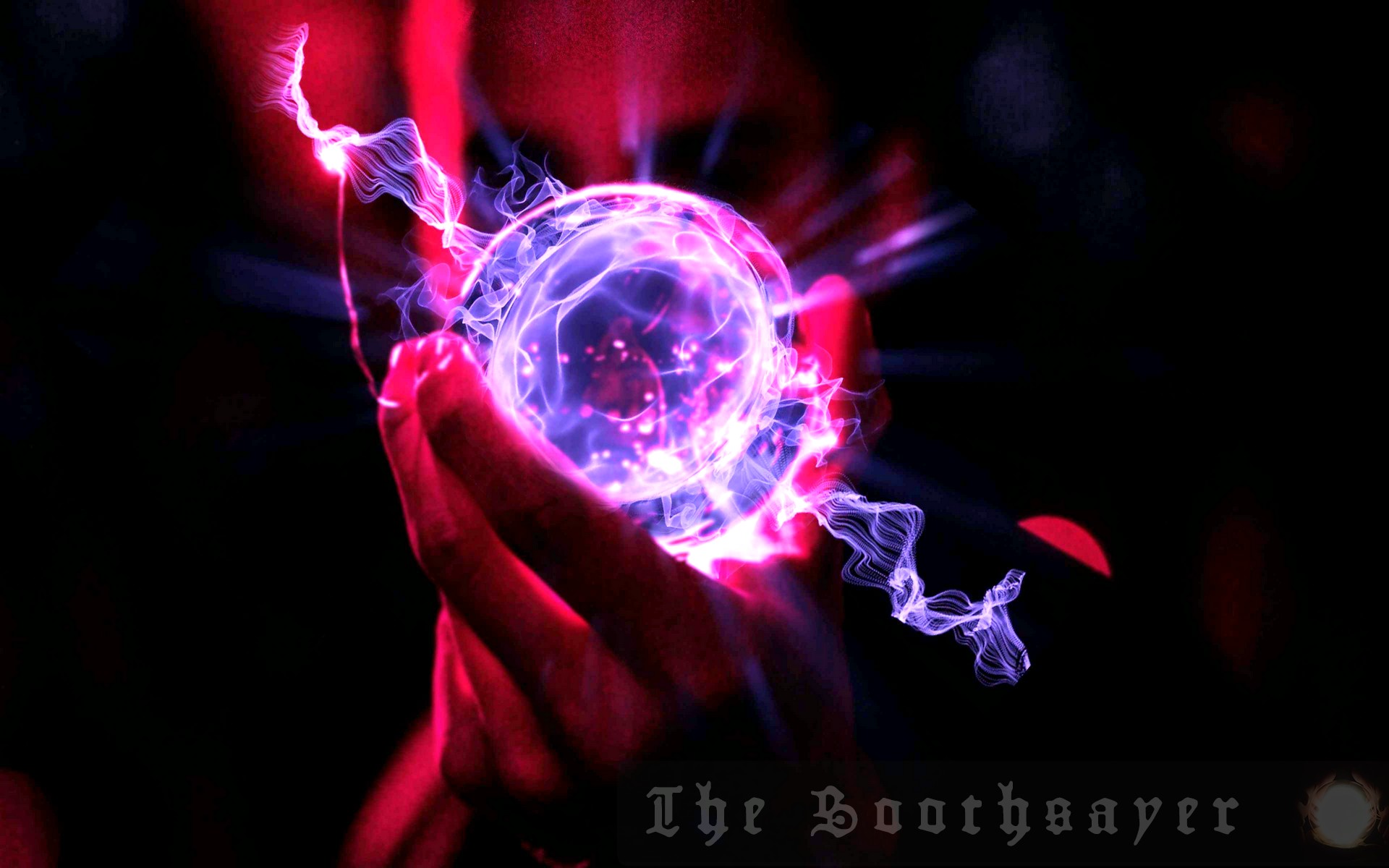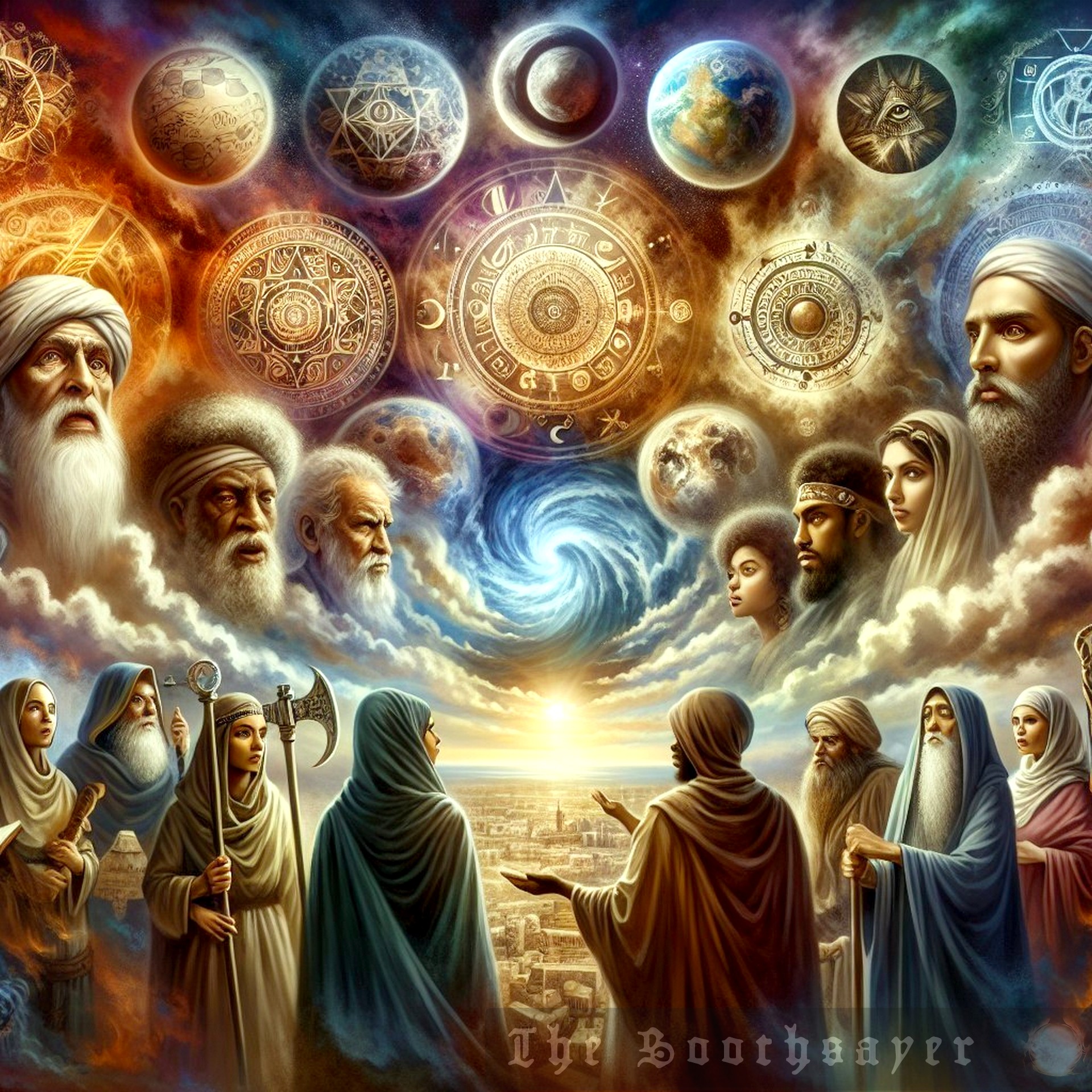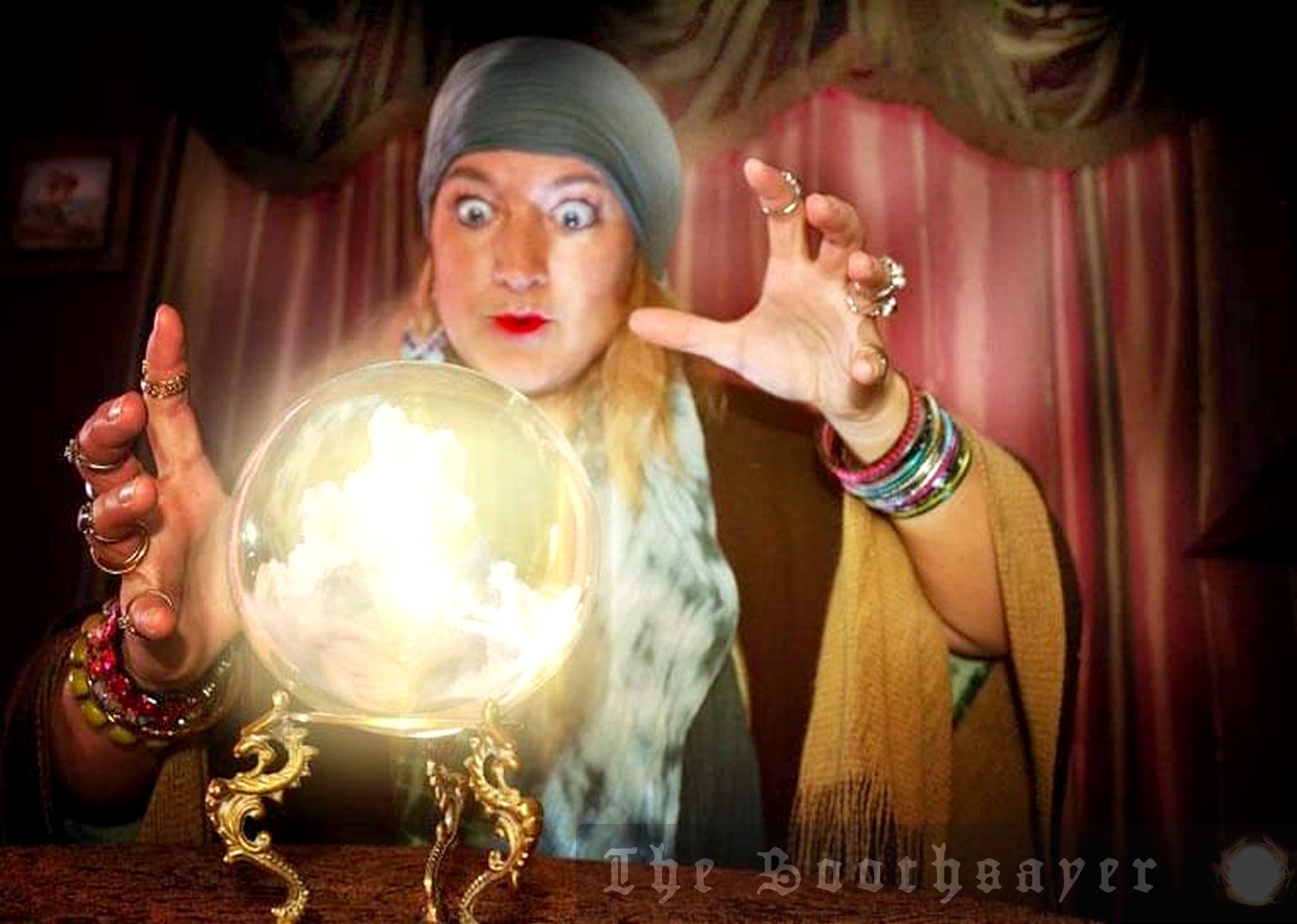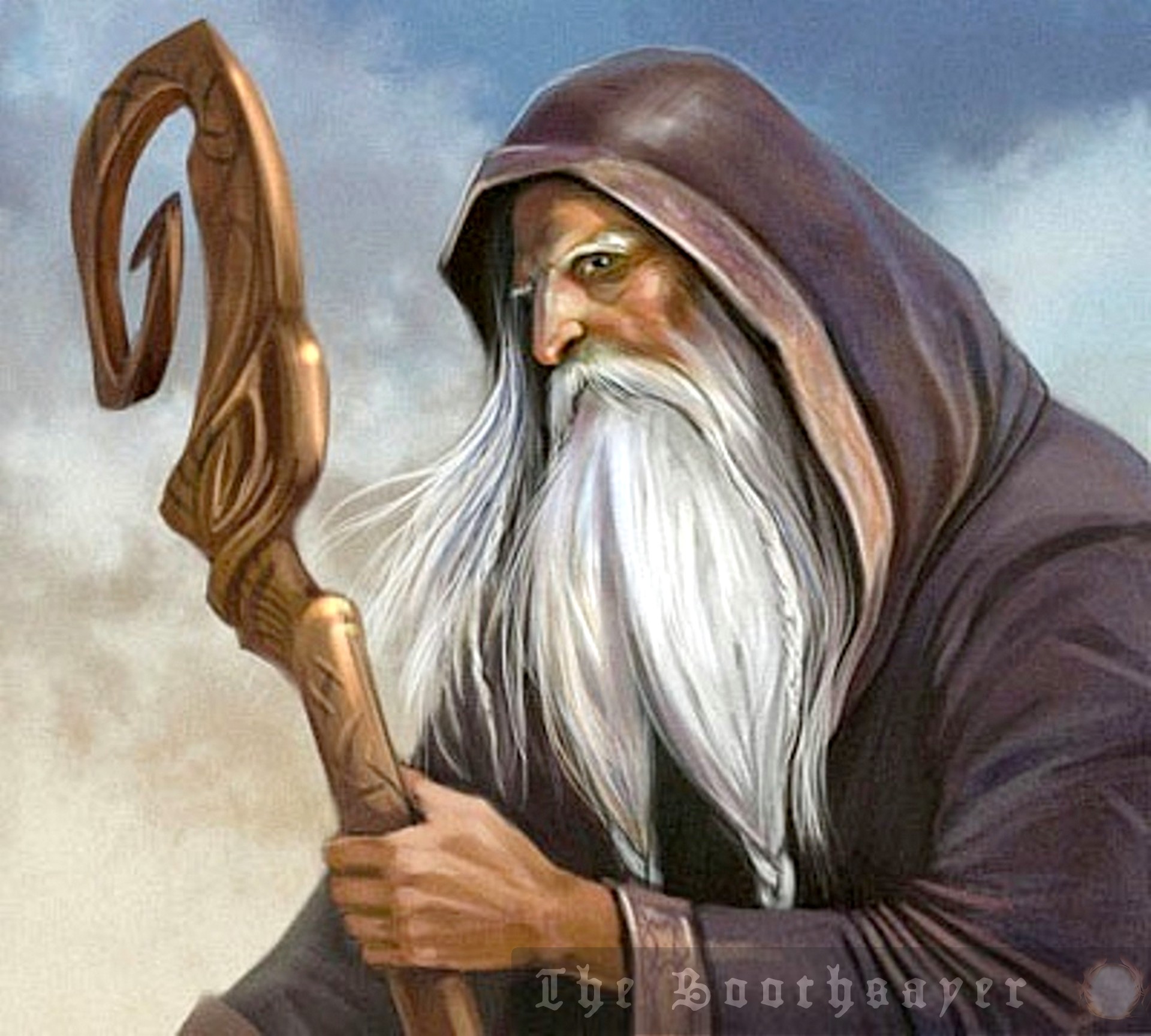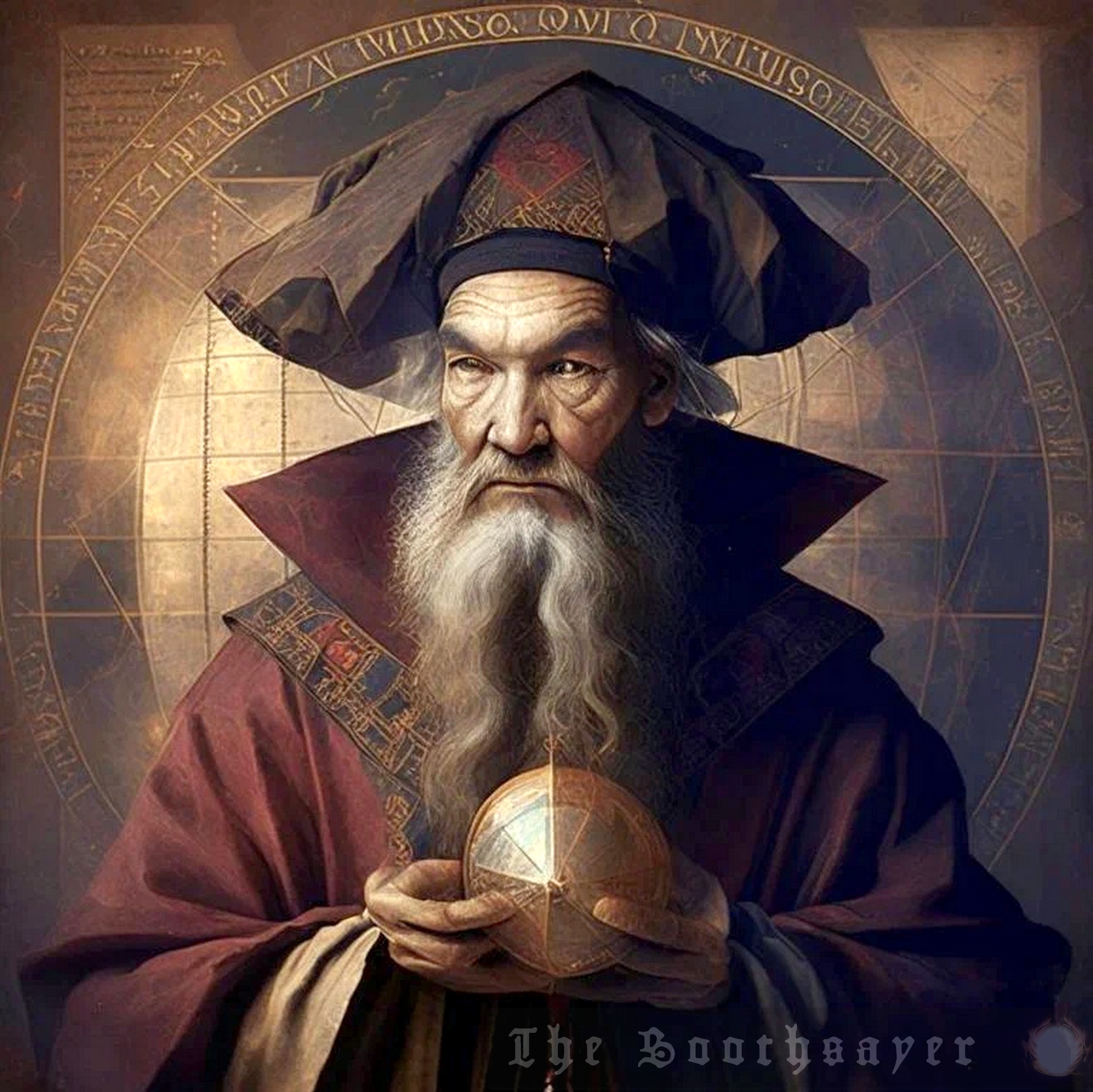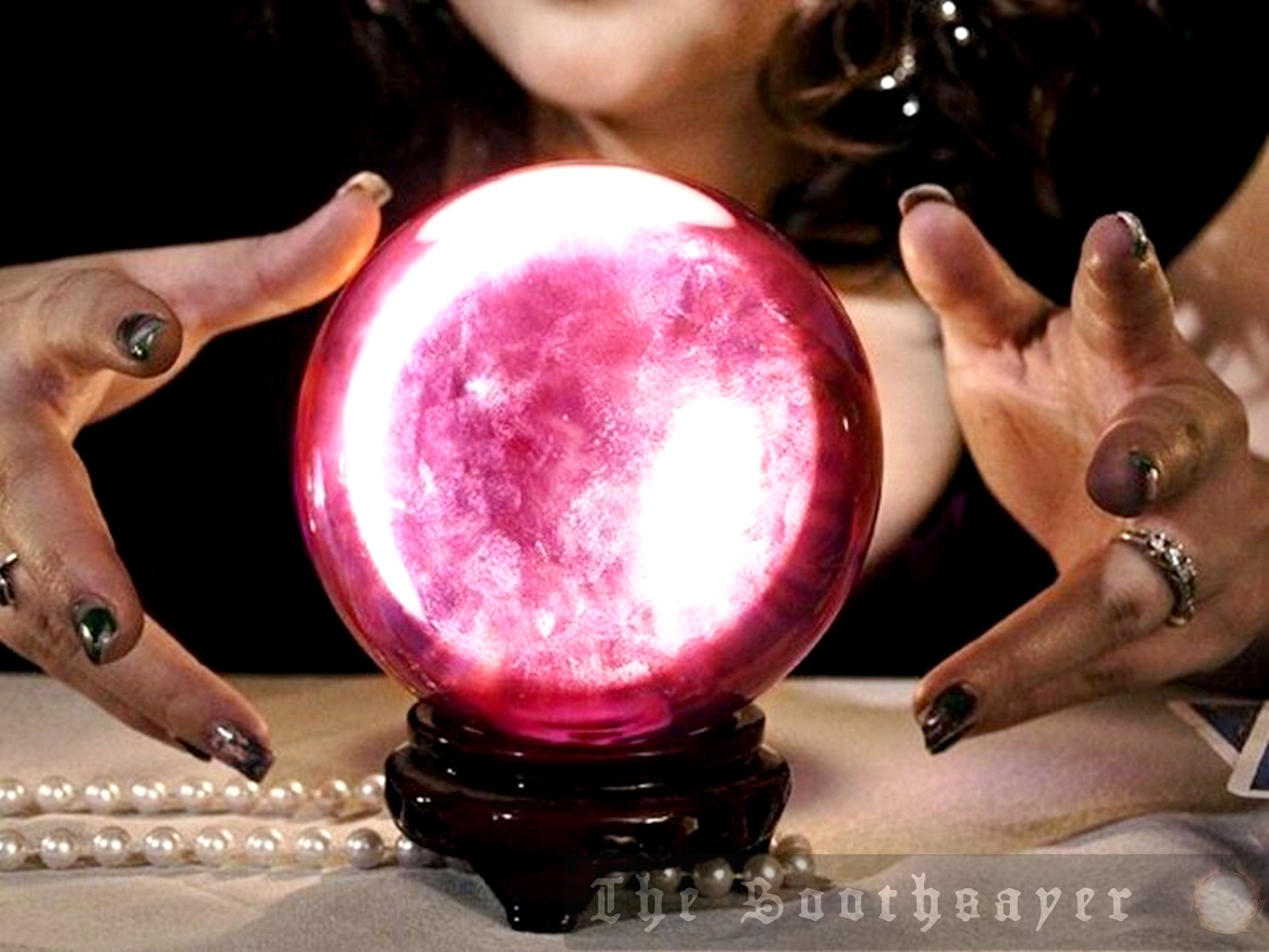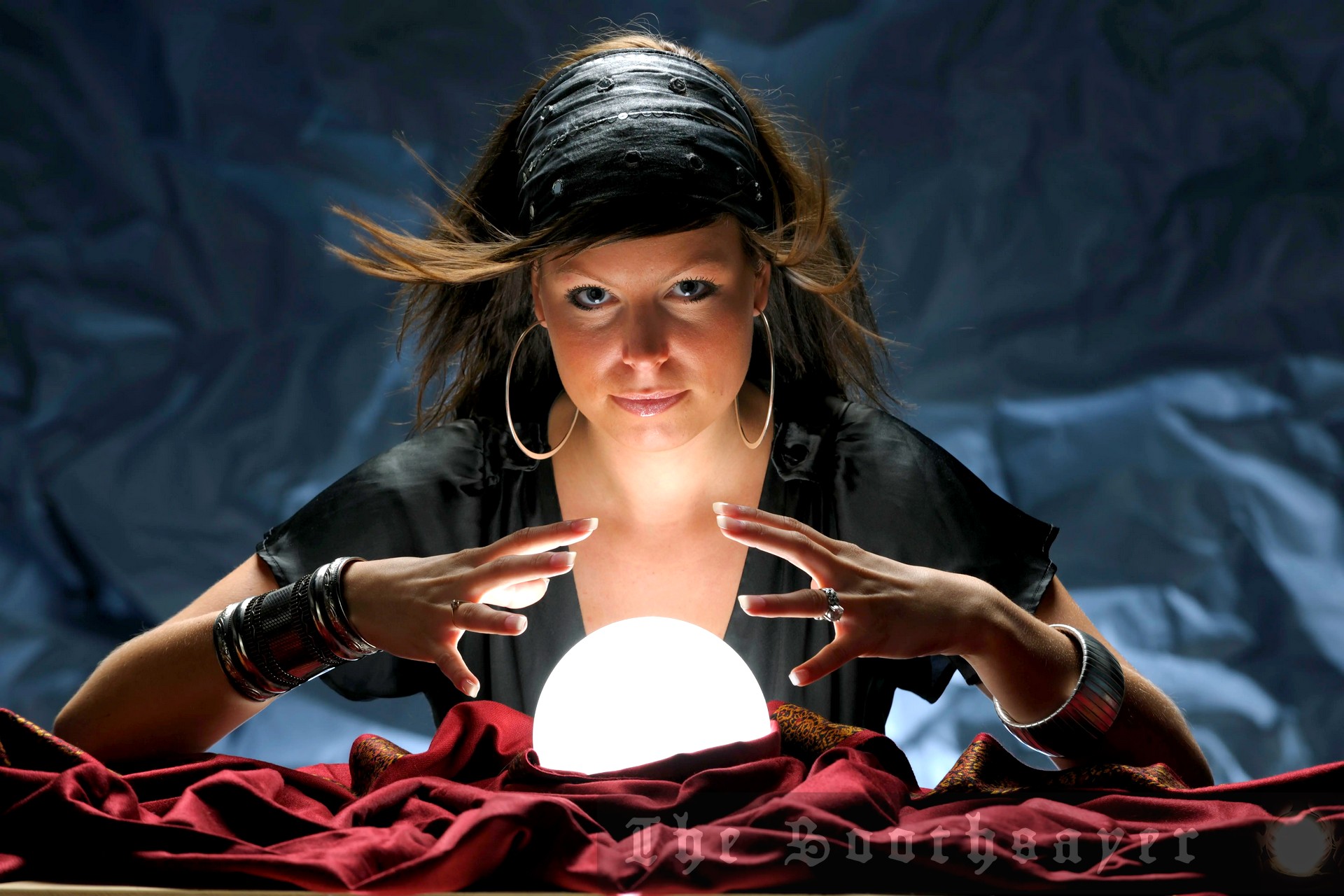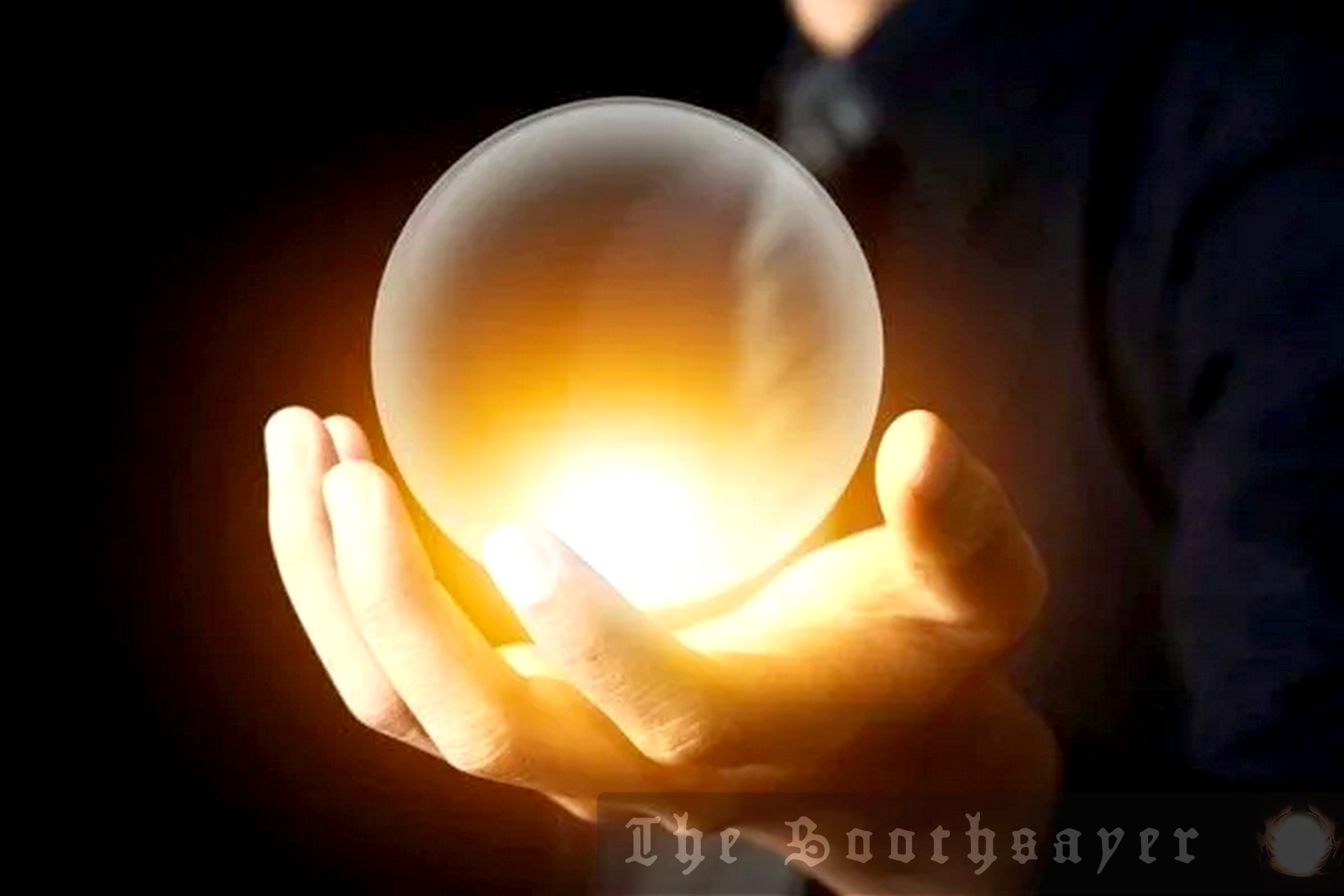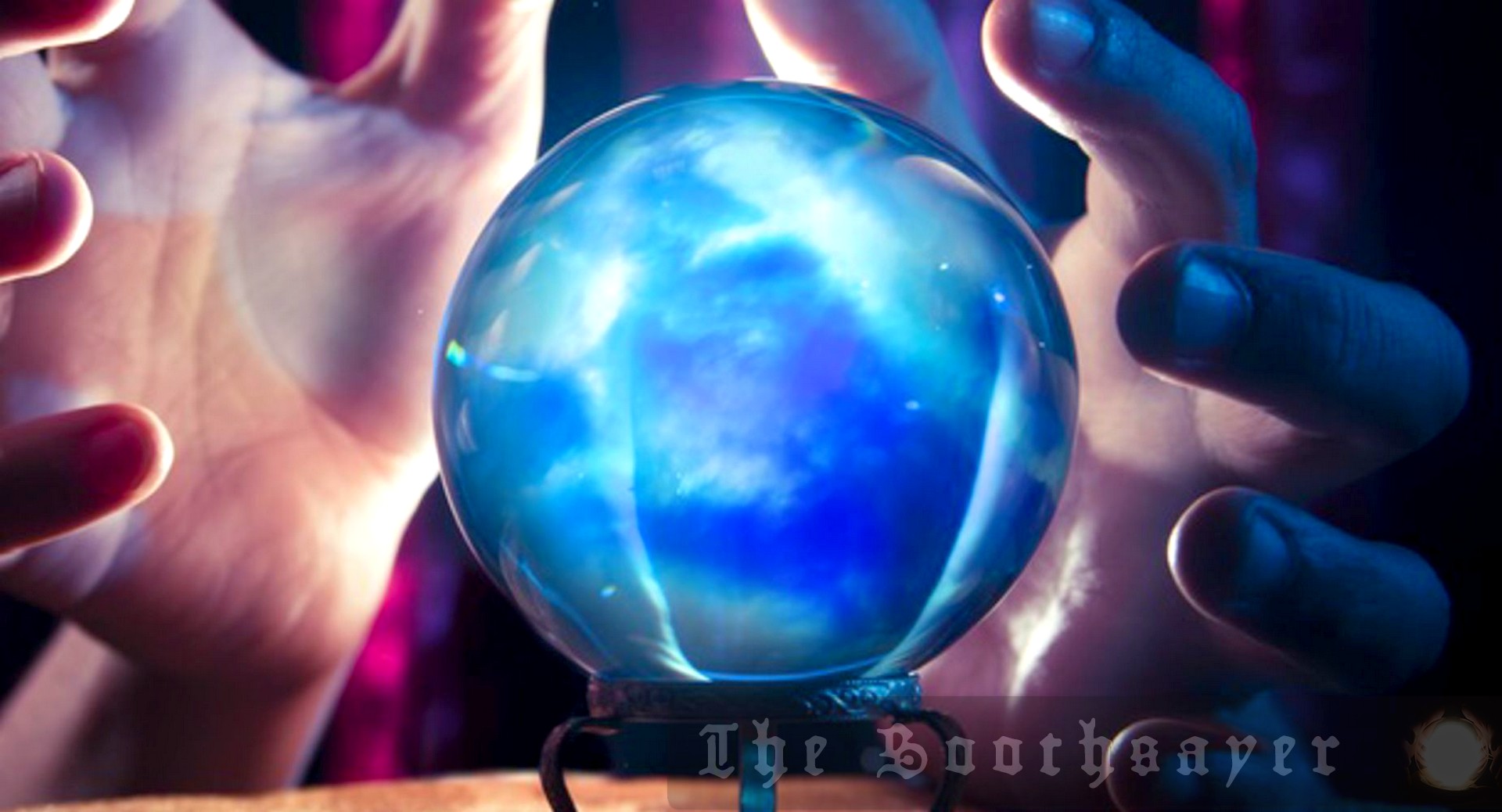Researchers at the University of Glasgow have made a groundbreaking discovery about aphantasia, a condition where people are unable to visualize objects, people, and scenes in their minds. A recent study found that people with aphantasia have a weaker connection between their auditory and visual senses, highlighting the range of brain organizations and the interconnectedness…
insights on The Soothsayer / page 6
A team of researchers in England has launched a contest to create a magical experience based solely on sound, challenging the conventional notion that magic tricks rely on visual elements. The project aims to explore the human mind’s perception and understanding of reality, making magic more inclusive for people with visual impairments. The contest has…
Astronomers at the Massachusetts Institute of Technology (MIT) have made a groundbreaking discovery by observing a black hole in a triple system with two other stars. The system, called V404 Cygni, was previously thought to be a binary comprising a black hole and a star. The observation supports the idea that some black holes do…
Mathematicians are still trying to catch up to the divine genius of Srinivasa Ramanujan, an Indian mathematician who made groundbreaking contributions to mathematics in the early 20th century. Ramanujan’s work on partition identities has been found to have deep connections to various areas of mathematics, and his legacy continues to inspire new discoveries. Recently, a…
Researchers have made a significant discovery in the study of chronic wasting disease (CWD), a fatal neurological illness affecting deer. The first detailed structure of an infectious prion responsible for CWD reveals a unique 180-degree twist, which could aid in vaccine development or explain why the disease hasn’t yet jumped to humans. This finding may…
Researchers have found that cats may hold the key to understanding human ageing, as their brains show signs of atrophy and cognitive decline that more closely resemble the deterioration seen in ageing humans than do the changes in the brains of ageing mice. The Translating Time project, which compares brain development across more than 150…
Scientists have discovered that Uranus’ unusual magnetic field and radiation belts, observed by Voyager 2 in 1986, may be due to a rare solar wind event that compressed the planet’s magnetosphere. This finding could explain several long-standing puzzles about Uranus and its moons, and may inform planning for future missions to the planet. Forecast for…
In a groundbreaking discovery, two independent studies have revealed that the brown dwarf Gliese 229 B is not a single object, but rather a pair of brown dwarfs. This finding has significant implications for our understanding of star formation and the existence of binary systems in the universe. The discovery was made possible by the…
A mathematician from the University of Toronto, Daniel Litt, has been sharing probability puzzles on social media, captivating tens of thousands of people worldwide. His posts have sparked lively discussions among experts and non-experts alike, highlighting the limits of mathematical intuition and the counterintuitive nature of probabilistic reasoning. Forecast for 6 months: The popularity of…
A recent census of the cosmos has more than tripled the number of active black holes known to reside in miniature galaxies, with the biggest haul of middleweight black holes to date. The survey, which used early data from the Dark Energy Spectroscopic Instrument (DESI), observed nearly 1.5 million galaxies and found about 2,500 dwarf…

